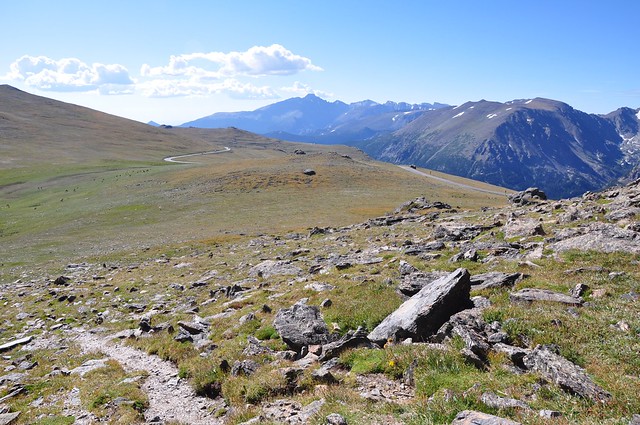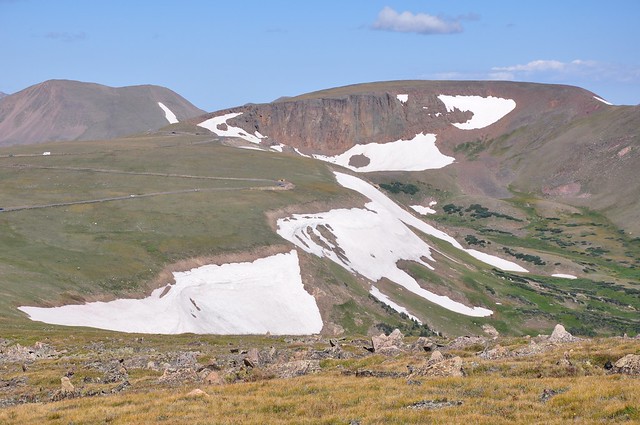Ancient Toponym of the Week: Error Ins.
I saw Error? Ins. yesterday in the slideshow that runs in the new Pleiades homepage and immediately thought "there's an Atlas bug." Tom Elliott, managing editor of Pleiades, checked his copy of the Itineraria Provinciarum et Maritimum (also known as the Antonine Itinerary) and found:
item inter cartaginem spartariam et cesaream mauretanie: insula erroris et tauria, inter se habent stadia LXXV.
Translation: "between Spartarian(?) Cartagina and Caesarea Mauretania: the island of Error and Tauria, between which there are 75 stadia."
The Barrington Atlas (and Pleiades) annotated this toponym with a question mark to indicate some uncertainty in association between this name and the small island now known as Île Plane.
Tom also reminded me that the Antonine Itinerary is covered in Chapter 14 of The History of Cartography, Volume 1 – available as a free PDF from the University of Chicago Press: http://www.press.uchicago.edu/books/HOC/HOC_V1/Volume1.html.
Comments
Itinerary
Author: Tom Elliott
Unfortunately I'm not aware of any open-access edition of the itinerary. The standard print edition is Otto Cuntz (ed.), Itineraria Romana, vol. I, Stuttgart: Teubner, 1929. My 1990s reprint copy (ISBN 3-519-04273-8) cost something like 96 euros via ABE Books.
Tom


